Current Situation
Fire and Rescue services across the US are facing enormous challenges every day. Complex business rules: staffing models, staffing changes, budget constraints, reporting and integration to payroll systems have become pressing issues that demand innovative solutions to ensure in-time response to the public.To fulfill all these requirements, Fire and Rescue Services can’t rely on manual processes anymore.
Instead, they require the support of technology that provides insightful information about the availability of resources, helps with the allocation of overtime with fairness, considering firefighters’ skills and qualifications, and their contractual obligations and rights.A powerful way to solve these challenges is through booking codes in the Service’s resource management and the integration of systems.
Practices may vary from one Service to another, but regardless of how sophisticated they are, all staffing decisions should be validated against them. This also applies to overtime allocation. Considering financial constraints and regulations, assigning overtime shifts demands careful planning and solid data support to allocate them fairly and avoid any violation of labor laws.
Finding a perfect balance
One of the most pressing challenges that Fire and Rescue Services face when trying to ensure preparedness is finding the balance between three essential factors: financial performance, compliance with labor and union rules and staffing levels.These three factors represent the most important forces that pull and push each other in search of optimal crewing levels.
On one side, trying to reduce expenses requires for the Service to minimum crewing levels to a minimum to avoid overstaffing. This scenario might cause understaffing if one or more firefighters become suddenly unavailable for unexpected situations. To restore staffing levels, the solution would require callbacks that may infringe FLSA or union rules or fall into overtime expenditure.An alternative would be to prioritize crewing levels, ensuring that every station has enough personnel to operate every vehicle and to attend an emergency. Whether it is EMS, fire, HazMat, search and rescue, or any other service that the station is qualified to participate. Although this scenario would be ideal, having enough people for an incident, it is not budget friendly. Overstaffing is a luxury not many Fire and Rescue Services can afford, and the constraints are getting tighter every day.
Last but not least, is the wellbeing of fire personnel. Each firefighter is entitled to different benefits according to their contracts. Vacations, leaves, sick days, compensatory time, overtime, nonexempt work, and other conditions need to be accounted for and compensated fairly. Particular attention should be pay into these specific rules that demand planning to ensure compliance, reduce expenses and accomplish resilience for the Service.This is where scheduling software comes in. FireServiceRota is powerful and flexible scheduling and availability software that allows fire brigades to ensure a minimum crew level, regardless of how complicated their rules might be.







